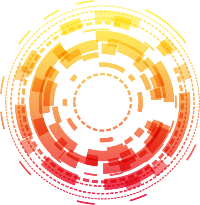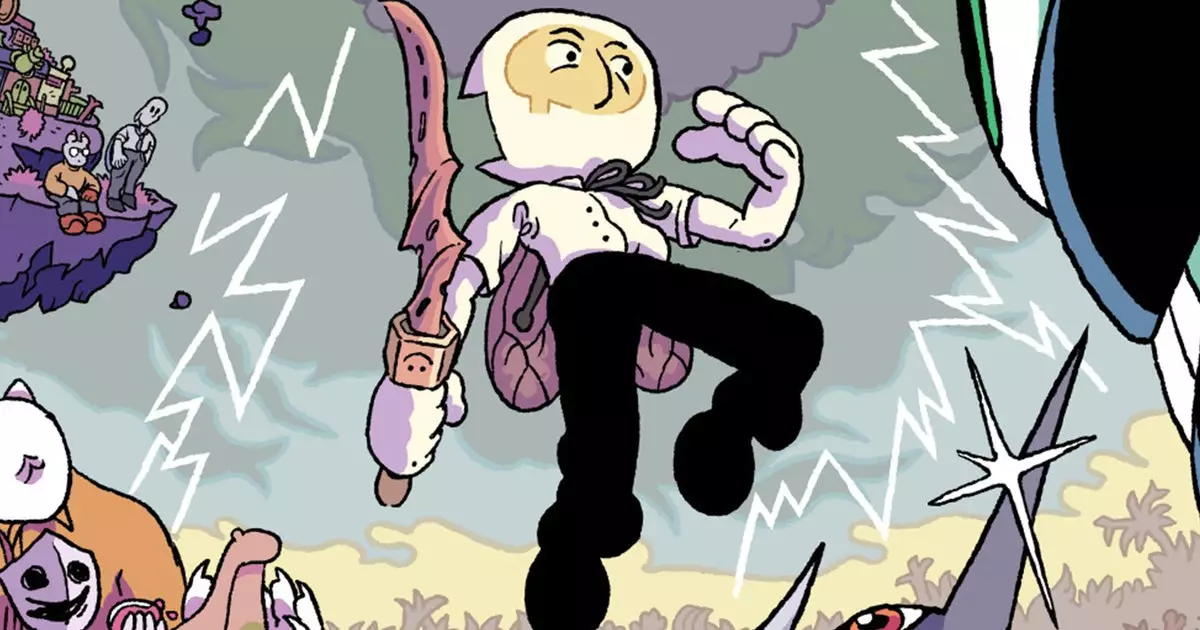In the landscape of indie games, blending genres is often a risky endeavor; it can feel either innovative or haphazard. However, Blanksword defies typical expectations by seamlessly merging the roguelike mechanics with a richly narrative-driven RPG framework. This synthesis demonstrates that breaking traditional genre boundaries, when executed thoughtfully, can lead to a genuinely fresh experience that captivates both the mind and the senses. Blanksword is not merely another pixelated adventure but a testament to creative boldness and a willingness to experiment with storytelling and gameplay mechanics in tandem.
While many games tend to focus exclusively on either procedural attrition or deep narrative immersion, Blanksword manages to marry the two into a cohesive whole. Its premise — an amnesiac angel dubbed Blank, who survives a brutal attack but loses all memory — offers fertile ground for storytelling that explores identity, purpose, and the divine. This foundation invites players to delve into the game’s mysterious world with curiosity, encouraging a sense of discovery that is rarely so organically intertwined with gameplay.
A Fervent Artistic and Cultural Heritage
What sets Blanksword apart visually and culturally is its homage to titles like OFF, Felvidek, and Hylics — games known for their eccentric art styles and distinctive atmospheres. Notably, the involvement of Mortis Ghost, the creator of OFF, signifies a deliberate effort to infuse Blanksword with a surreal aesthetic that emphasizes mood and symbolism over realism. The striking art, crafted by Ghost himself, creates a universe that feels both alien and emotionally resonant, elevating the game’s narrative ambitions.
Moreover, the game’s design reflects a reverence for outsider art and avant-garde storytelling, hinting at complex themes of existentialism and divine authority, especially with the context of a god-like figure governing the islands that Blank explores. This layered homage enriches the experience, transforming it from a mere game into a piece of interactive art that challenges perceptions of both genre and storytelling.
Innovative Mechanics that Reinvent the Genre
From a gameplay perspective, Blanksword’s mechanics stand out for their inventive approach to character growth and combat. Unlike traditional RPGs that rely heavily on static skill trees and linear progression, Blanksword introduces a dynamic system where players collect and equip “Angel Brain Parts” to regain abilities. This mechanic cleverly ties into the overarching narrative — Blank’s fragmented mind and the idea that he can restore parts of himself to unlock new powers.
The combat system, meanwhile, offers turn-based strategic depth with hundreds of moves and items across runs. The procedural element ensures that no two playthroughs are identical, fostering a high replayability factor. What makes this even more compelling is how the game balances these roguelike elements with the narrative-based upgrades, allowing players to customize their experience without losing sight of the story’s emotional core.
This hybrid approach demonstrates that genre blending, when done right, can redefine what an indie RPG can be. It’s a testament to the developer’s confidence that they are willing to experiment with both mechanics and art style, challenging the notion that roguelikes and story-rich RPGs are mutually exclusive.
The Potential of Community and Future Development
The game’s current status as a Kickstarter project signifies its ongoing journey and the importance of community support. Offering a demo on Steam, the developers provide a glimpse into the ambitious scope of Blanksword and the quality of its gameplay. The support from Mortis Ghost, including potential contributions to game design should funding succeed, hints at a project that values creative freedom and artistic integrity.
While a release date remains tentative, the estimated window of 2027 suggests patience and faith are required from future players. Such long-term development timelines can be a double-edged sword: they threaten to dampen initial momentum but also offer space for refinement and innovation. If the game delivers on its promise, it has the potential to carve out a dedicated niche audience drawn by its unconventional mix of aesthetics and mechanics.
Ultimately, Blanksword exemplifies the courage required to challenge the status quo in gaming. It pushes beyond comfort zones, blending genres and storytelling styles to craft an experience that feels both daring and meaningful. As it stands on the cusp of funding and further development, there’s a palpable sense that this bold project could influence how developers approach indie RPG design in the years to come.

